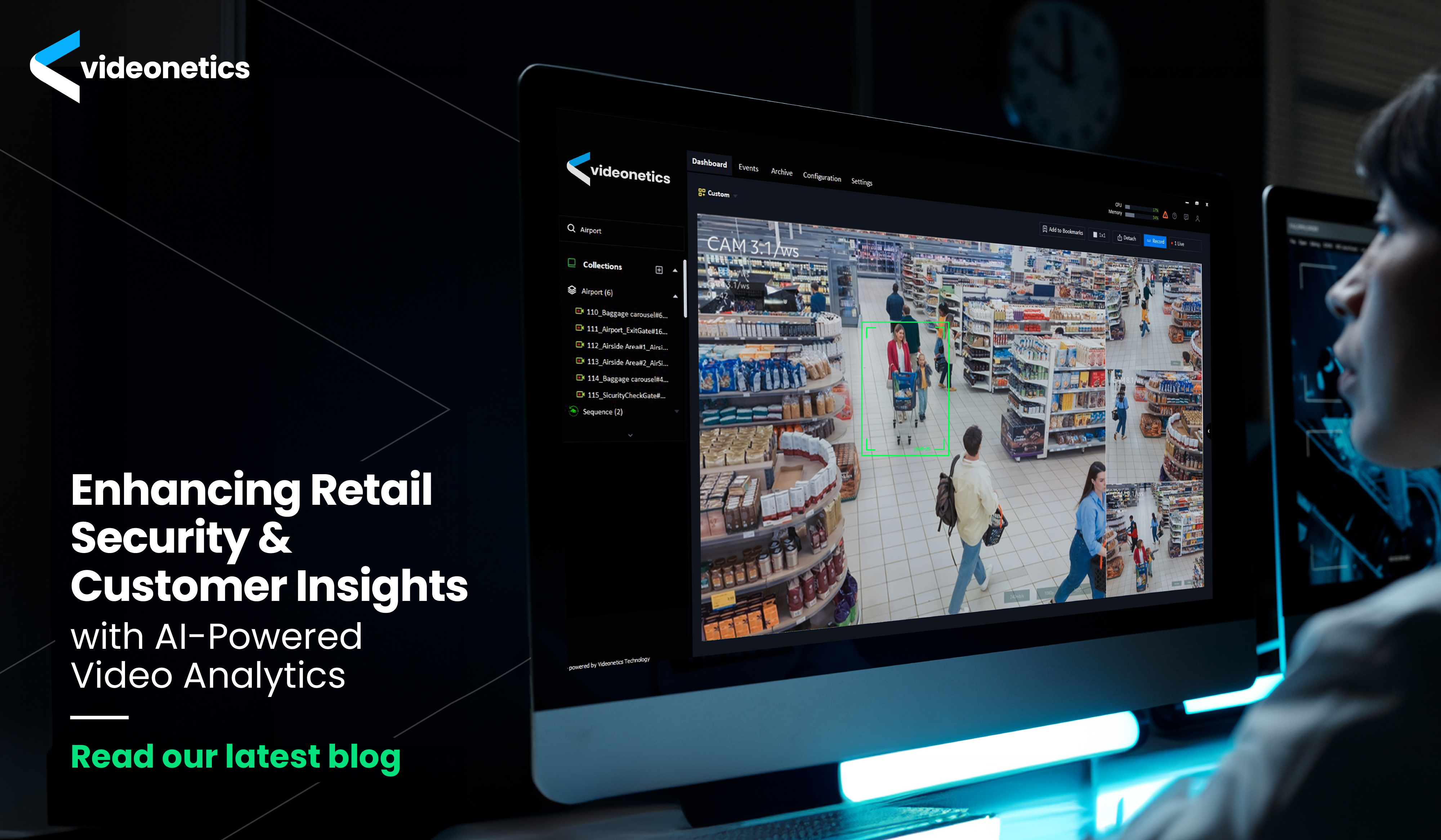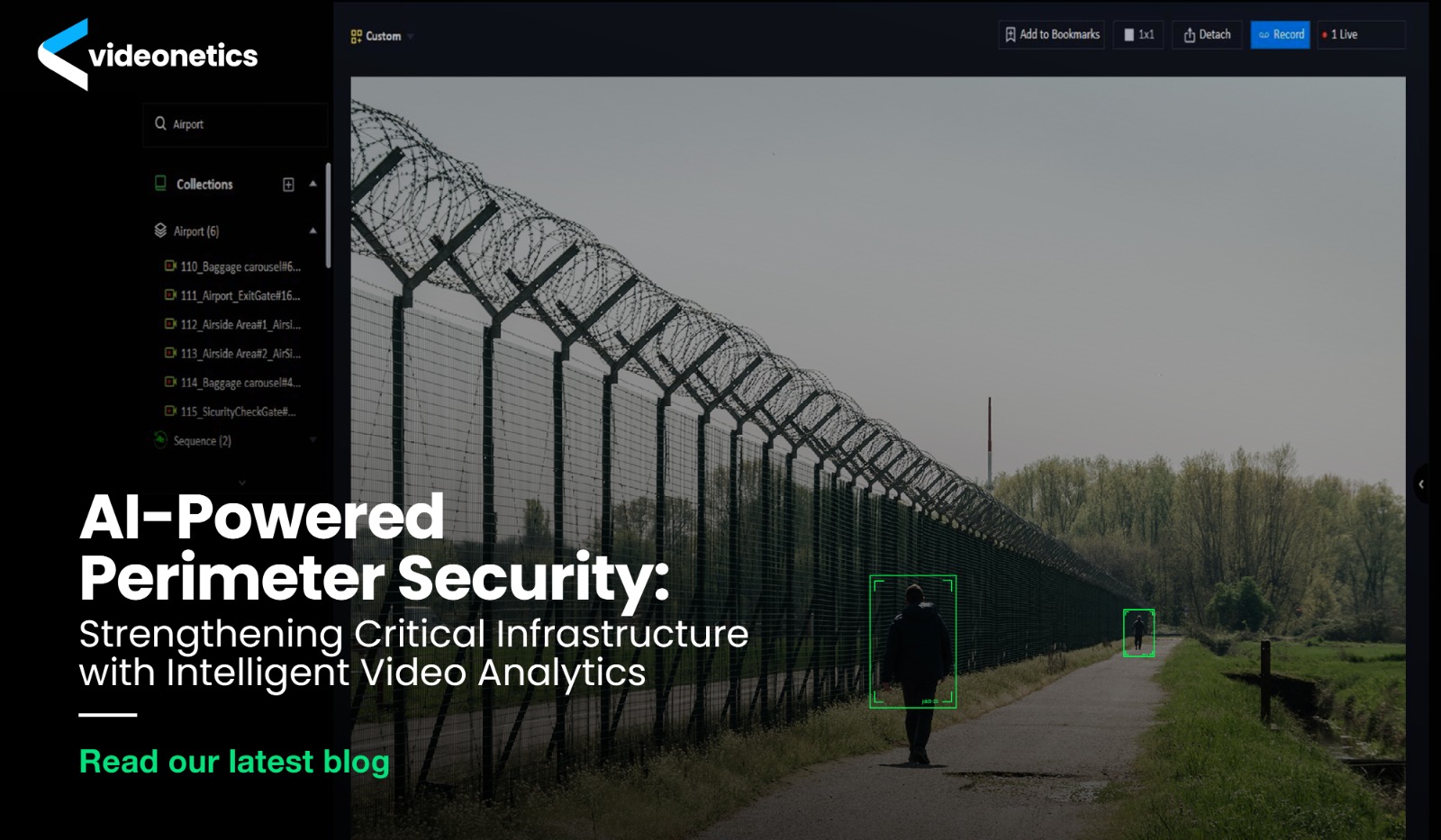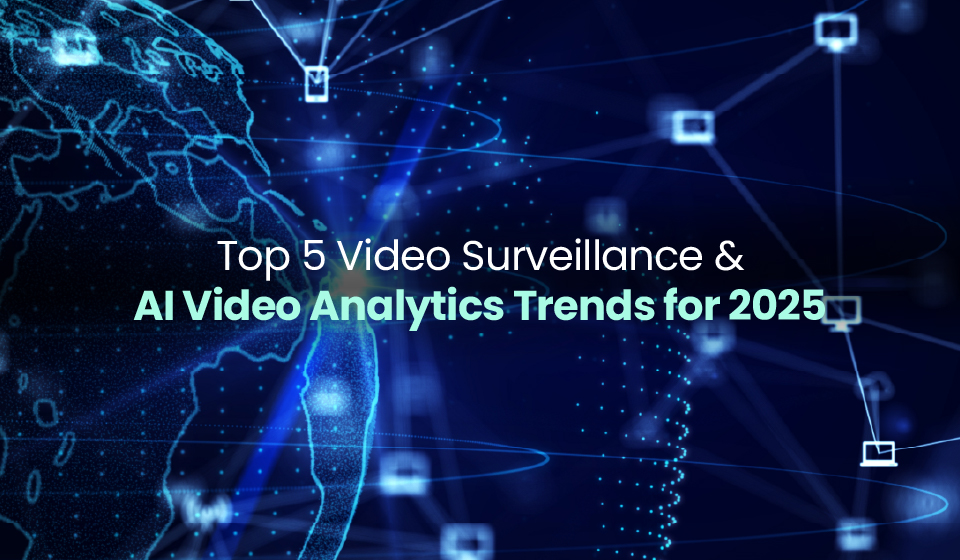The 5 Essential Components for an Advanced Traffic Management System
, Technology
In the evolving
landscape of urban development, effective traffic management systems have
become a cornerstone for cities aiming to streamline their traffic flow,
enhance road safety, and reduce congestion. As cities grow and stress on road
infrastructure mounts, traffic authorities & planners evaluate cutting-edge
solutions that can adapt to these challenges. Through this blog, we summarise
the top 5 must-have components that they look for in an advanced traffic
management system, shedding light on how Videonetics Traffic Management System
(TMS) not only aligns with their expectations but subtly incorporates them,
offering a robust and comprehensive solution for contemporary traffic
challenges.
1. Real-time Traffic Rules Violation Detection & Response
At the core of modern traffic management lies the imperative ability to swiftly detect and address traffic violation incidents as they occur. Traffic rule violations like over-speeding, heavy vehicles using restricted lanes, prohibited parking, frequent lane changes, and wrong-way driving disrupt the traffic flow or pose safety hazards. Real-time processing at the edge, particularly on Local Processing Units (LPU), is indispensable for minimising latency and overcoming bandwidth limitations. It ensures that only relevant processed data is transmitted back to the Central Command & Control Room for immediate action.
In line with this advancement, Sioux Falls in South Dakota exemplifies the successful implementation of AI to optimise traffic signal timings, resulting in a significant 15% reduction in travel times and an impressive 25% decrease in fuel consumption, benefiting commuters and the environment alike.
Efficiently
harnessing True AI, the Videonetics Traffic Management System (TMS) identifies
traffic violations, facilitating prompt response and mitigation. With a
built-in E-Ticket management application and the possibility of seamless
integration with payment gateways, it swiftly penalises offenders while acting
as a deterrent against potential violations.
2. Real-Time Detection of
Abnormal Conditions
Beyond routine traffic management, an advanced TMS must swiftly detect and respond to abnormal conditions — accidents, including heavy rainfall, snowfall, potholes, fallen debris from thunderstorms, and stray animals as these cause a sudden slowdown of various vehicular traffic, leading to congestion and delays.
If we look at global practices in this context, the Smart Traffic Management system of Seoul, South Korea, is a perfect example of dynamic traffic management in control. The capability of their system to make real-time adjustments based on the current weather and traffic conditions demonstrates the profound impact of leveraging technology to maintain smooth traffic flow despite various disruptions.
Powered by True
AI and advanced algorithms, Videonetics TMS is a powerful solution for
detecting and analysing the said anomalies. It enables the system to initiate
swift actions to counteract their effects on traffic flow. From adjusting
traffic signal timings in response to inclement weather to rerouting traffic to
avoid accidents, Videonetics TMS exemplifies how intelligent, data-driven
strategies can significantly improve urban mobility.
3. Data Visualisation
Effective data visualisation plays a pivotal role in the realm of advanced traffic management, as evidenced by innovative approaches in cities around the globe. A prime example of this is Copenhagen, which has significantly benefited from the strategic use of detailed analytics. The city relies on comprehensive bike traffic data to inform urban planning decisions and enhance cyclist safety. Initiatives like the Copenhagenize Index stand out for their use of detailed data visualisations to assess and promote bike-friendly environments.
Building on the insights of such a pioneering example, the Videonetics Traffic Management System brings data visualisation capabilities to the forefront of traffic management. Our TMS offers an intuitive data visualisation dashboard that presents complex traffic data in an easily digestible format. Vehicle count, classification, and comparative traffic flow analysis become straightforward, enabling traffic planners to anticipate bottlenecks and implement strategic interventions. This visualisation extends beyond mere numerical data, incorporating maps and data charts that illustrate traffic dynamics across different times and areas.
Leveraging such sophisticated visualisation, Videonetics TMS empowers city planners and traffic authorities with the tools necessary for making informed decisions, echoing the success seen in cities like Copenhagen to enhance urban traffic safety and efficiency.
4. Predictive Planning
With a wealth of data harnessed from an advanced traffic management system, traffic authorities can shift from reactive to predictive planning. For instance, Singapore’s Smart Mobility 2030 plan exemplifies this transition by harnessing predictive analytics for traffic optimization and infrastructure advancement. By analysing traffic flow data and trends, planners can pinpoint congestion hotspots and fine-tune infrastructure, maintenance schedules, and workforce allocation. This proactive approach to traffic management is crucial for cities aiming to stay ahead in an increasingly urbanised world.
Drawing upon
historical data and present trends, Videonetics Traffic Management System
employs sophisticated analytics to identify traffic congestion points and
potential incident areas. This capability enables proactive scheduling of
traffic lights at different times of the day, planning infrastructure
maintenance works, deploying traffic personnel efficiently, and optimising
route planning for emergency services. Videonetics Traffic Management System
provides the analytical tools required for this forward-thinking approach.
5. Integration of
Multi-modal Sensory Data
Lastly, an advanced TMS must seamlessly incorporate data from several sources. Videonetics Traffic Management System excels in integrating multi-modal sensory data, including temperature sensors, air quality monitors, traffic light systems, and more, to provide a holistic view of the urban traffic ecosystem. This integration facilitates more accurate, real-time decision-making and enables a cohesive response to many traffic-related challenges. For instance, by analysing data from air quality sensors, traffic authorities can adjust signal timings to reduce congestion-related pollution, mirroring efforts in cities like Los Angeles, where air quality management is tightly interwoven with traffic control to enhance urban liveability.
In conclusion,
as cities strive to manage their growing traffic demands, the need for advanced traffic management systems has never been more apparent. Videonetics Traffic
Management System, with its emphasis on real-time incident detection, data
visualisation, predictive planning, and integration of multi-modal sensory
data, stands out as a leading solution for urban traffic management challenges.
By adopting such a system, traffic authorities and planners can improve traffic
flow and safety, paving the way for smarter, more sustainable urban mobility.





Post a comment
Your email address will not be published.